#artist is charles-joseph natoire
Explore tagged Tumblr posts
Text
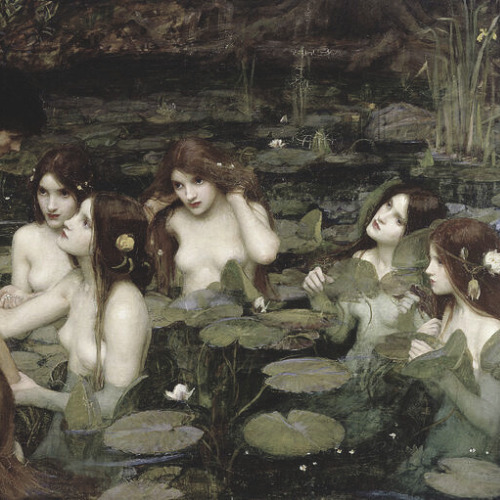


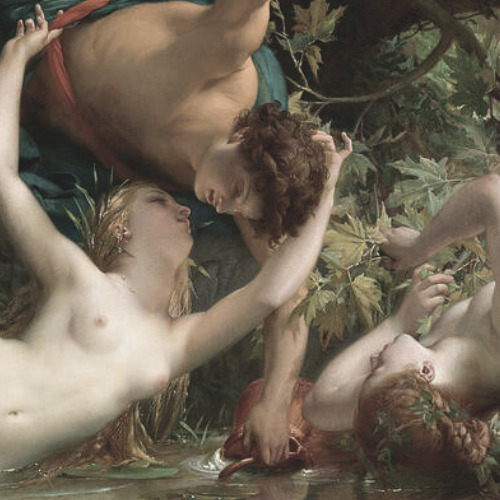
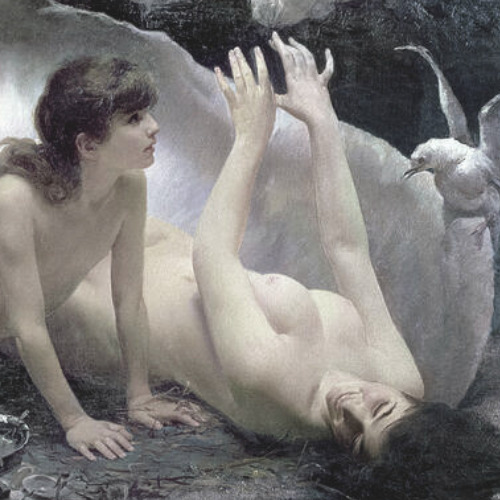


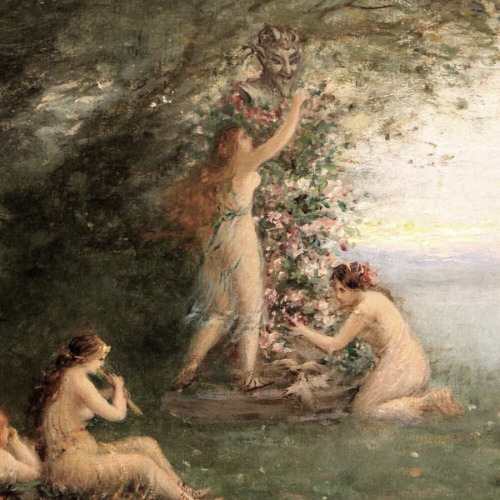
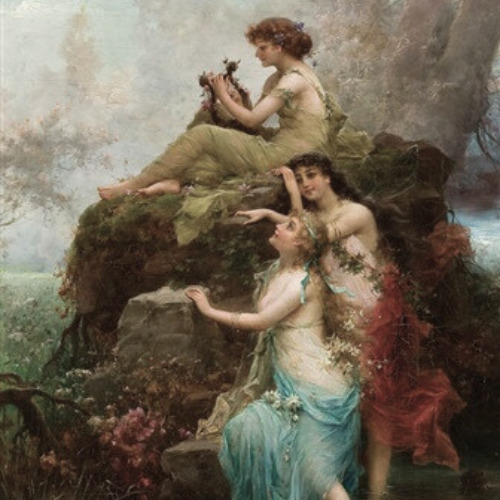






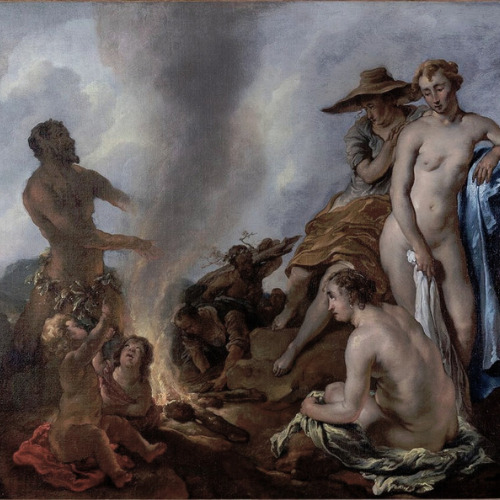
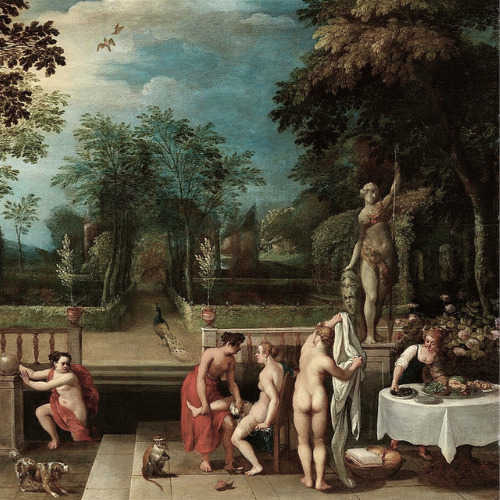

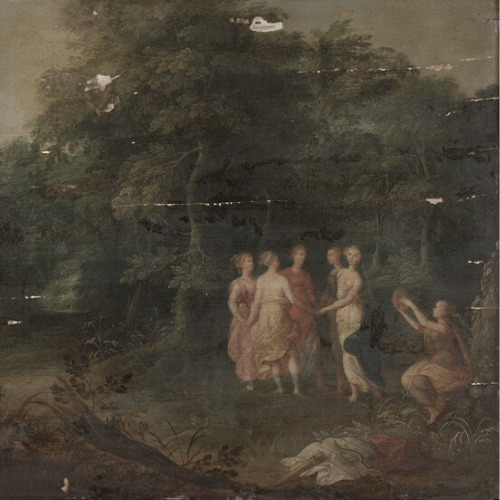

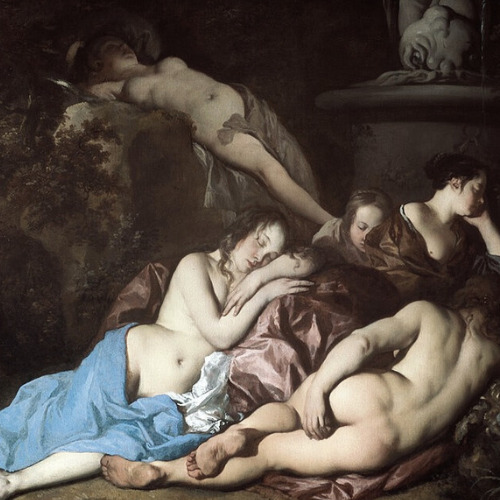

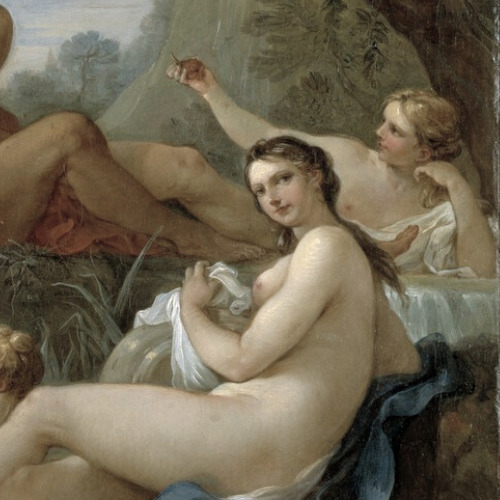

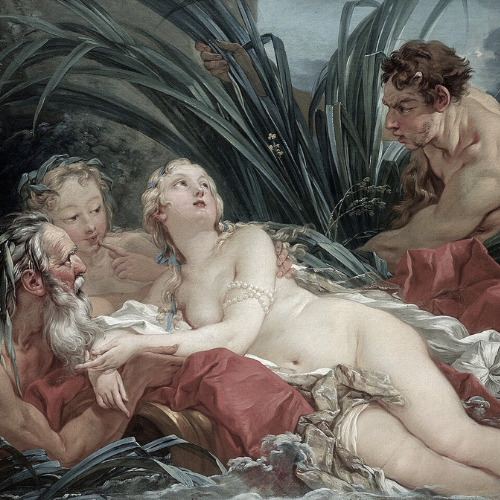





creatures in art: nymphs
#artist is john william waterhouse#artist is joaquin sorolla#artist is francois-joseph navez#artist is jules eugene lenepveu#artist is gioacchino pagliei#artist is henri fantin-latour#artist is ferdinand leeke#unknown artist#artist is hanz zatska#artist is john william waterhouse-#artist is charles francois jalabert#artist is lucas cranach#artist is bartholomeus spranger#artist is unknown#artist is luca giordano#artist is jacob jordaens#artist is adriaen van stalbemt#artist is abraham van diepenbeeck#artist is adriaen van stalbemnt-#artist is unknown-#artist is sir peter lely#artist is christian wilhelm ernst dietrich#artist is charles-joseph natoire#artist is antonio zucchi#artist is francois boucher#artist is witold pruszkowski#artist is kazimierz alchimowicz#artist is arnold bocklin#artist is arnold bocklin-#-artist is arnold bocklin
477 notes
·
View notes
Text

The Rebuke of Adam and Eve
Artist: Charles-Joseph Natoire (French, 1700–1777)
Date: 1740
Medium: Oil on Copper
Collection: Metropolitan Museum of Art, New York City, NY, United States
Description
The history painter Natoire was trained in the studio of François Le Moyne, for whom this meticulously executed painting must have been intended as a tribute. It is a pendant to an earlier work by Le Moyne of the same size, also painted on copper, which depicts Adam receiving the forbidden fruit from Eve (private collection). Natoire shared with Le Moyne a predilection for the nude that here links biblical to more sensual subjects popular in eighteenth-century France. Note the rosy flesh of Natoire’s disappointed Eve, a tear glistening on her cheek, contrasted with Adam’s taut musculature.
#painting#oil on copper#garden of eden#rebuke#adam#eve#christianity#book of genesis#biblical account#god#angels#charles joseph natoire#french painter#18th century painting#foliage#animals#apple tree
4 notes
·
View notes
Photo
Charles-Joseph Natoire (3 March 1700 – 23 August 1777) was a French painter in the Rococo manner, a pupil of François Lemoyne and director of the French Academy in Rome, 1751–1775. Considered during his lifetime the equal of François Boucher, he played a prominent role in the artistic life of France.
In Greek mythology, Ariadne was a Cretan princess and the daughter of King Minos of Crete. There are different variations of Ariadne's myth, but she is known for helping Theseus escape the Minotaur and being abandoned by him on the island of Naxos. There, Dionysus saw Ariadne sleeping, fell in love with her, and later married her. Many versions of the myth recount Dionysus throwing Ariadne's jeweled crown into the sky to create a constellation, the Corona Borealis.
Ariadne is associated with mazes and labyrinths because of her involvement in the myths of Theseus and the Minotaur.

Bacchus and Ariadne by Charles-Joseph Natoire (1742)
634 notes
·
View notes
Text

Artists include: Sir Lawrence Alma-Tadema, French School, Charles Joseph Natoire, FRANCKEN, FRANS II, School of Cornelis van Poelenburgh, Titian, Peter Paul Rubens, Pierre-Paul Prud'hon, Giorgione, Adriaen Pietersz van de Venne and Carl von Marr.
Please follow link for full post
ADRIAEN PIETERSZ. VAN DE,CARL VON,Titian,RELIGIOUS ART,Rubens,SIR LAWRENCE ALMA-TADEMA,VENNE,Giorgione,Hellenic,Venus,MARR,Olympian,Olympian, Roman, RELIGIOUS ART, Zaidan, Mythology, Religion, biography, Paintings, Art, History, footnotes, fineart,
15 Paintings, Olympian deities in classical Greek and Roman religion, with footnotes #2
#Hellenic#Roman#Zaidan#Mythology#Religion#biography#Paintings#Art#History#footnotes#Olympian#fineart
0 notes
Photo

LES LUMIÈRES DE VERSAILLES #leslumièresdeversailles 1--« On se sentait forcé de l’aimer dans l’instant. » CASANOVA (1725-1798), de passage en France, 1750, Histoire de ma vie L’aventurier et mémorialiste italien (d’expression française) confirme cette impression de prestance et de grâce que Louis XV donne à quiconque l’approche : « La tête de Louis XV était belle à ravir et plantée sur son cou l’on ne pouvait pas mieux. Jamais peintre très habile ne put dessiner le coup de tête de ce monarque lorsqu’il se retournait pour regarder quelqu’un. » 2--UNE IDÉE DE PEINTURE : François Lemoyne Junon, Iris et Flore François Lemoyne (1688-1737) , est un artiste peintre français, nommé premier peintre du Roi en 1736. Il est l'un des pères du style rococo et le maître et ami de Charles-Joseph Natoire et François Boucher 3--UNE MUSIQUE D'UN BONHEUR CONTAGIEUX Les fetes de Polymnie: Ouverture https://youtu.be/uP1MhdCxOwo Les Fêtes de Polymnie est un opéra-ballet (ou « ballet héroïque ») de Jean-Philippe Rameau sur un livret de Louis de Cahusac. La pièce, en un prologue et trois entrées, a été représentée pour la première fois le 12 octobre 1745 à l'Académie royale de musique. Elle a été composée pour célébrer la victoire de Fontenoy remportée le 11 mai précédent par le Maréchal de Saxe, en présence de Louis XV, sur les troupes coalisées commandées par le duc de Cumberland. https://www.facebook.com/groups/716146568740323/?ref=share_group_link https://www.instagram.com/p/CoUSiWSMyRw/?igshid=NGJjMDIxMWI=
0 notes
Photo
Charles-Joseph Natoire (3 March 1700 – 23 August 1777) was a French painter in the Rococo manner, a pupil of François Lemoyne and director of the French Academy in Rome, 1751–1775. Considered during his lifetime the equal of François Boucher, he played a prominent role in the artistic life of France.
Natoire returned to Paris via Venice in the early part of 1729. He was received into the Académie royale de peinture et de sculpture on 30 September 1730.
His reputation was quickly established, and he received major commissions notably from French Queen Marie Leszczyńska to paint several of her children. From 1731 to 1740 he provided several suites of canvasses for Philibert Orry, contrôleur général des finances, who was to succeed the duc d'Antin as general director of the Bâtiments du Roi in 1736. For Orry's Château de La Chapelle-Godefroy at Saint-Aubin, Aube Natoire provided a series of nine canvasses of Histories of the Gods, six more of the History of Clovis, six of a History of Telemachus and four Seasons. During the same period, in 1732 he provided three overdoors on Old Testament subjects for the duc d'Antin in Paris.
In June 1734, Natoire submitted to an Exposition de la Jeunesse in place Dauphine a Galatea. In the same year his first royal commission arrived, for the Chambre de la Reine at Versailles and was made a full member of the Académie on 31 December with a Venus Commanding from Vulcan the Arms of Aeneas. Henceforth, numerous royal commissions came his way for the petits appartements at the Château de Fontainebleau, for the Cabinet du Roi and the royal dining-room at Versailles, decorations for Marly, for the Cabinet des Médailles in the royal library in Paris, and others.
In 1735, Natoire carried out the first of his tapestry cartoons for the series Histoire de Don Quichotte woven at the Manufacture de Beauvais, the first set for the fermier général Pierre Grimod du Fort (1692–1748). In 1737 he received the commission for the Hôtel de Soubise. From 1741, he produced a series of cartoons for the History of Mark Anthony woven at the Gobelins.
In 1747, he painted the portrait of Louis, Dauphin of France. In a more familiar vein, he provided a Saint Stephen and the False Witnesses for the chapelle Saint-Symphorien in the Church of Saint-Germain-des-Prés, 1745. A major loss was his illusionistic decor for the chapel in the Hôpital des Enfants-Trouvés (1746–1750), built by Germain Boffrand but demolished in the 19th century. Also in 1747 he participated in the competition organized by the new general director of the Bâtiments du Roi, Le Normant de Tournehem, with the Triumph of Bacchus, now in the Musée du Louvre.

Diana Bathing, Surprised by Actaeon, Charles-Joseph Natoire (French, 1700-1777)
186 notes
·
View notes
Photo

Psyche Obtaining the Elixir of Beauty from Proserpine, Charles-Joseph Natoire (French, 1700–1777), ca. 1735
Oil on canvas
#art history#Charles Joseph Natoire#Charles-Joseph Natoire#french artist#french art#french painter#oil on canvas#oil painting#painting#paintings#rococo#rococo art#lacma#lacmamuseum#uploads#18th century#18th century art#1700s#1700s art
547 notes
·
View notes
Photo

The Grand Staircase of the Villa d'Este at Tivoli, Jean-Honoré Fragonard, 1760, Minneapolis Institute of Art: Paintings
stairway around a fountain in a garden; tall trees at L; 2 sculptures at overlook at top of stairs at center; figures at LLC and at overlook The talented, versatile French painter Jean-Honoré Fragonard was a gifted landscapist. He took up landscape in earnest during his five years in Italy, including one memorable summer ensconced at the Villa d’Este in Tivoli, which his patron the Abbé de Saint-Non had rented for the season. The villa’s dramatic, picturesque gardens had drawn legions of artists to Tivoli—twenty miles west of Rome—for centuries. Fragonard used his stay mainly to produce mostly red-chalk studies drawn en plein air, or outside. This picture, executed back in Fragonard’s studio in Rome, was inspired by one of those drawings. Fragonard used the gathering clouds, cooling mists from the Fountain of the Dragon, and shade of lush cypresses to capture some relief on a sweltering summer day. This painting was swiftly acquired by the director of the French Academy in Rome, Charles-Joseph Natoire, an early champion of the landscape genre. Size: 32 1/4 x 41 1/4 in. (81.92 x 104.78 cm) (sight) 44 1/2 x 53 1/2 x 3 1/2 in. (113.03 x 135.89 x 8.89 cm) (outer frame) Medium: Oil on canvas
https://collections.artsmia.org/art/60161/
4 notes
·
View notes
Photo

Seated Young Artist Holding Drawing Materials, Charles-Joseph Natoire, 18th century, Harvard Art Museums: Drawings
Harvard Art Museums/Fogg Museum, Bequest of Frances L. Hofer Size: 23.5 x 26.9 cm (9 1/4 x 10 9/16 in.) Medium: Black chalk with traces of white chalk on light tan antique laid paper, framing lines in black ink
https://www.harvardartmuseums.org/collections/object/295270
1 note
·
View note
Photo
Charles-Joseph Natoire (3 March 1700 – 23 August 1777) was a French painter in the Rococo manner, a pupil of François Lemoyne and director of the French Academy in Rome, 1751–1775. Considered during his lifetime the equal of François Boucher, he played a prominent role in the artistic life of France.

The Triumph of Bacchus, Charles-Joseph Natoire, 1736
156 notes
·
View notes
Photo
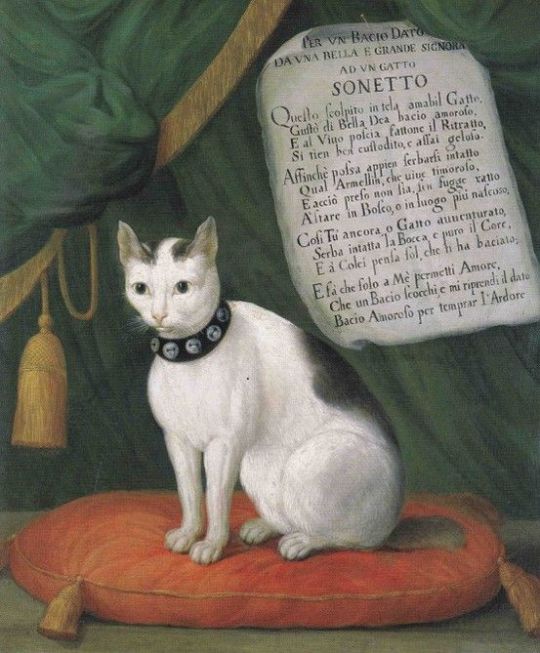

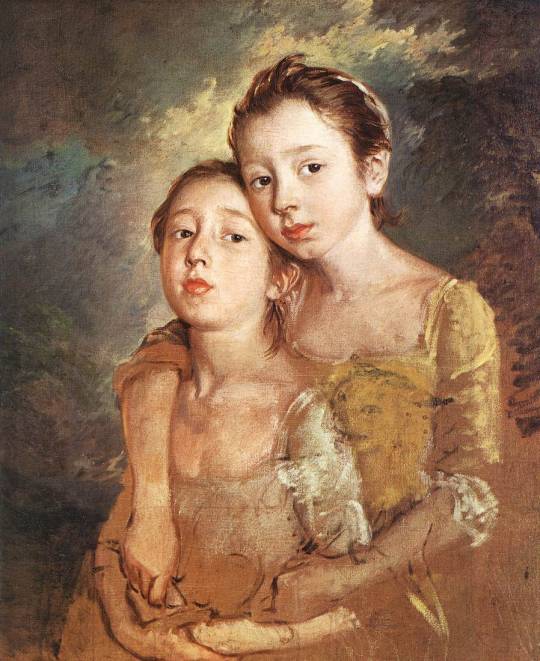


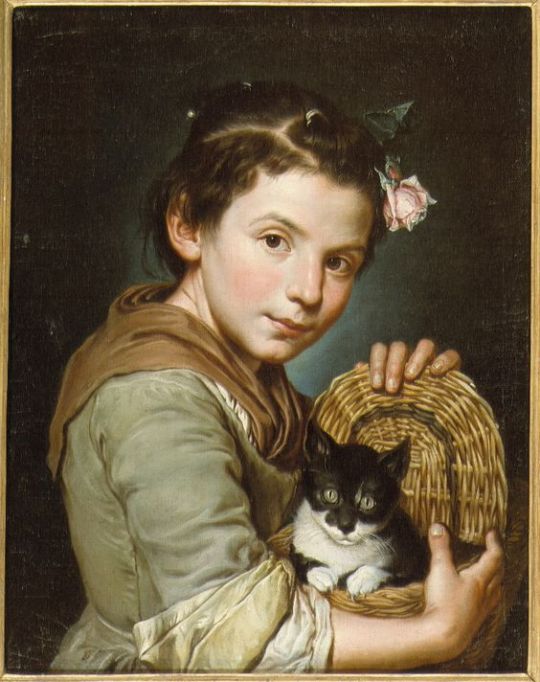

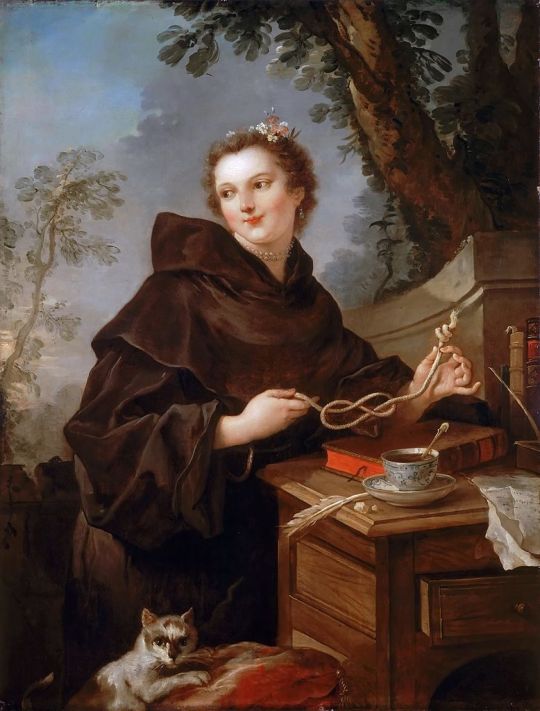
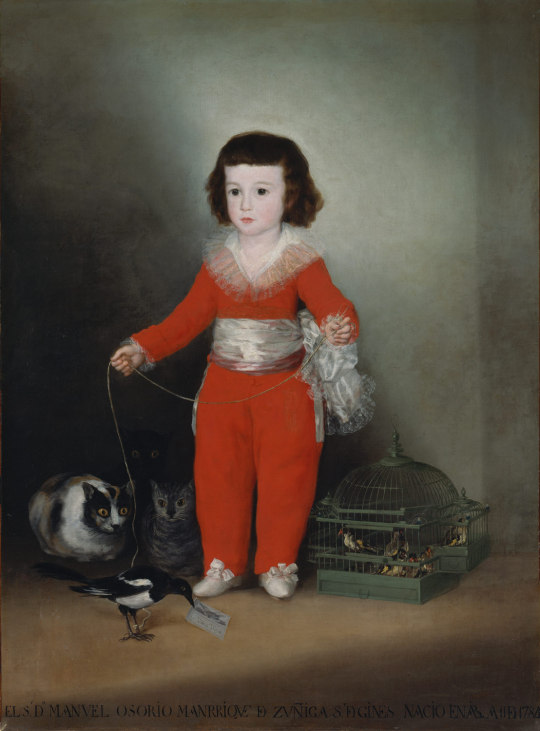
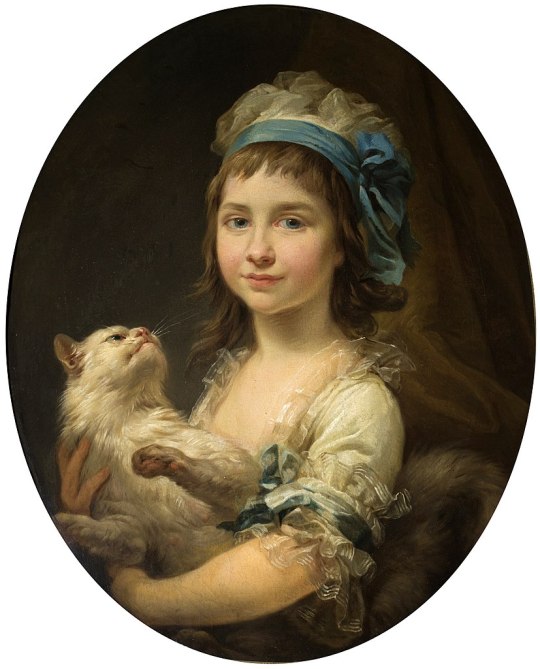
Cats in 18th Century Art
We had dogs before, now it’s the time for cats with all their fluff, softness, judgmental looks, and little razors in their paws.
Images from top:
Portrait of the cat Armellino with a Bertazzi sonet, ca. 1750, Giovanni Reder, Museo di Roma.
Ambroide-Louis Garneray, 1793, Jean François Garneray, Musée de l’Histoire de France, Château de Versailles.
The Artist’s Daughters with a Cat, between 1759-1761, Thomas Gainsborough, National Gallery.
Portrait of Sophia Dumergue holding a Cat, ca. 1780, Johan Joseph Zoffany.
Magdeleine Pinceloup de la Grange, née de Parseval, 1747, Jean-Baptiste Perronneau, J. Paul Getty Museum.
Girl with a cat, Giacomo Ceruti, called Il Pitocchetto.
Self-portrait of Hendrik Spilman with Suzanna van Bommel and Two Daughters, ca 1761-1784, Hendrik Spilman, Rijksmuseum.
Louise-Anna de Bourbon, Mlle de Charolais, in a monk’s robe, holding the chord of St Francis, Charles-Joseph Natoire, Château de Versailles.
Portrait of Manuel Osorio Manrique de Zuñiga, 1787-1788, Francisco de Goya y Lucientes, The Metropolitan Museum.
Portrait of Julia Duhamel with a Cat, 1781, Marcello Bacciarelli, National Museum Poznán.
#cats#the cats rule not only the internet but the art#18th century#18th century art#portrait#1750s#1790s#1760s#1780s#1740s#1770s#met museum#rijksmuseum#château de versailles#museo di roma#getty museum#national museum poznán#national gallery#giovanni reder#jean françois garneray#thomas gainsborough#johan zoffany#johan joseph zoffany#jean.baptiste perronneau#il pitocchetto#giacomo ceruti#hendrik spilman#charles-joseph natoire#pets
748 notes
·
View notes
Text

Charles-Joseph Natoire
#charles joseph natoire#adam and eve#art#artwork#fine art#fineart#painting#art history#history of art#women in art#nude art#nude painting#nudemodel#nude female#nude figure#art nude#female nude#nude pose#artistic nude#nude beauty#nudeart
13 notes
·
View notes
Text

▪The Triumph of Neptune.
Date: 1766 or later
Artist: Charles Joseph Natoire (French, 1700-1777)
Place of origin: France
Medium: Watercolor and black chalk on two sheets of cream laid paper.
#18th century#18th century art#art#the triumph of neptune#neptune#charles joseph natoire#france#watercolor#1766#his#art history#history of art
22 notes
·
View notes
Photo
Charles-Joseph Natoire (3 March 1700 – 23 August 1777) was a French painter in the Rococo manner, a pupil of François Lemoyne and director of the French Academy in Rome, 1751–1775. Considered during his lifetime the equal of François Boucher, he played a prominent role in the artistic life of France.
He is remembered above all for the series of the History of Psyche for Germain Boffrand's oval salon de la Princesse in the Hôtel de Soubise, Paris, and for the tapestry cartoons for the series of the History of Don Quixote, woven at the Beauvais tapestry manufacture, most of which are present at the Château de Compiègne.
Rococo, less commonly Roccoco, also known as Late Baroque, is an exceptionally ornamental and dramatic style of architecture, art and decoration which combines asymmetry, scrolling curves, gilding, white and pastel colours, sculpted moulding, and trompe-l'œil frescoes to create surprise and the illusion of motion and drama. It is often described as the final expression of the Baroque movement.
The Rococo style began in France in the 1730s as a reaction against the more formal and geometric Louis XIV style. It was known as the "style Rocaille", or "Rocaille style". It soon spread to other parts of Europe, particularly northern Italy, Austria, southern Germany, Central Europe and Russia. It also came to influence other arts, particularly sculpture, furniture, silverware, glassware, painting, music, and theatre. Although originally a secular style primarily used for interiors of private residences, the Rococo had a spiritual aspect to it which led to its widespread use in church interiors, particularly in Central Europe, Portugal, and South America.

Charles-Joseph Natoire (French, 1700 - 1777) The Expulsion from Paradise, c. 18th century
171 notes
·
View notes
Text
0 notes
Photo

Venus and Adonis by Charles-Joseph Natoire (1740)
#charles-joseph natoire#art#paintings#fine art#18th century#18th century art#baroque#baroque art#rococo#rococo art#french art#french artist#mythology#roman mythology#roman legend#venus#aphrodite#adonis#painting#classic art
591 notes
·
View notes